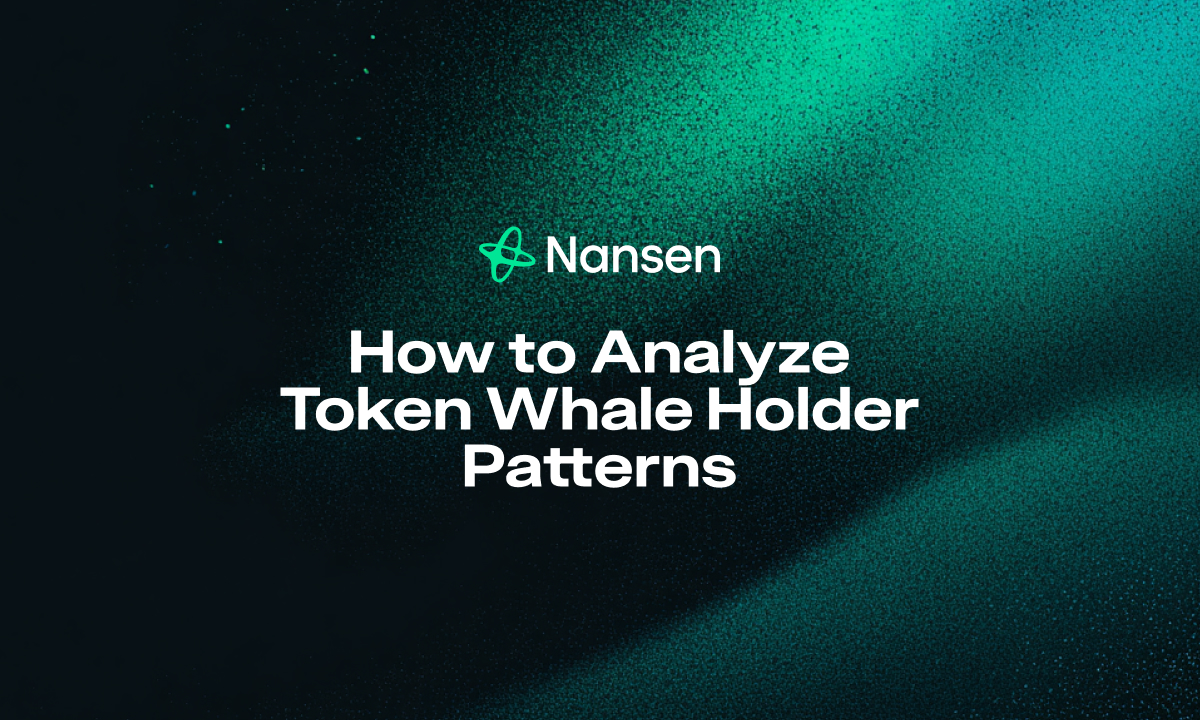Understanding token whale holder patterns means tracking the movements of large cryptocurrency wallets using onchain analytics platforms. These insights can reveal accumulation or distribution trends, signaling potential market changes. By utilizing sophisticated crypto analysis tools and data visualization, traders can better predict price shifts, manage risks, and develop smarter trading strategies.
What Are Crypto Whales and Why Do They Matter in Market Analysis?
Crypto whales are entities holding large amounts of a token, whether individuals or institutions, capable of influencing market prices through strategic buying or selling. Identifying and tracking these whales can uncover hidden market signals, as their moves often precede significant price changes. Following whale patterns helps traders understand market sentiment shifts that price charts alone may not reveal.
How to Identify and Monitor Whale Wallets Using Onchain Analytics Platforms
Defining what constitutes a whale varies by token; for example, a Bitcoin whale might hold thousands of BTC, whereas a new altcoin whale might just own millions of tokens due to smaller supply. Onchain scanners like Etherscan provide raw wallet data, but AI-powered platforms such as Nansen automatically identify, categorize, and label whale wallets, associating them with exchanges, funds, or individual holders. Continuous monitoring through alerts is vital, enabling traders to spot large transfers or sudden activity changes promptly.
Key Whale Holder Patterns That Signal Market Movements
Analyzing whale behavior involves tracking accumulation and distribution phases, wallet inflows and outflows, and the activity of dormant versus new whales:
- Accumulation: Whales steadily increase their holdings, often signaling confidence and possible price increases.
- Distribution: Systematic selling by whales can indicate declining confidence and potential price drops.
- Exchange Inflows/Outflows: Large transfers to exchanges may imply imminent selling; outflows to cold storage suggest long-term holding intentions.
- New vs Dormant Whales: Fresh large holders entering a market may trigger growth, while long-inactive whales making moves often herald major sentiment shifts.
- Stablecoin Movements: Whales increasing stablecoin holdings on exchanges can signal preparation for large purchases or profit taking.
Understanding these patterns helps traders anticipate market shifts.
Leveraging Advanced Crypto Analysis Tools for Whale Pattern Detection
Top-tier analytics platforms offer several powerful features:
- Wallet Labeling: Automatic categorization of wallets as whales, exchanges, institutions, or protocols.
- Transaction Tracing: Following fund flow across wallets for comprehensive insights.
- Portfolio Tracking: Real-time updates on whale holdings and profits.
- Smart Alerts: Notifications on significant whale transactions or unusual activity.
Complemented by blockchain data visualization—such as heatmaps, network graphs, and accumulation overlays—these tools make complex whale data accessible and actionable, enhancing trading decisions.
How to Interpret Whale Activity and Incorporate It into Trading Strategies
Correlating whale activity with price action can help identify potential market reversals or confirm trends. For example, whale accumulation during price dips may signal a strong support level, while distribution after rallies can predict downturns. Incorporating whale data into risk management allows traders to adjust position sizes or exit vulnerable trades by observing selling pressure from whales, thereby protecting investments and optimizing exposure.
Frequently Asked Questions
How do crypto analysis tools identify whale wallets?
Crypto tools identify whale wallets by detecting addresses with large token holdings or high transaction volumes. They often use AI to cross-reference known exchange accounts, institutional holders, and other significant entities, ensuring accurate whale wallet classification.
What is the most important whale pattern to track?
The most critical pattern is accumulation and distribution. These reveal large holders' intent to buy or sell, strongly influencing price direction and market sentiment.
Can tracking whales predict price movements accurately?
While tracking whales provides useful indicators and improves risk awareness, it does not guarantee accurate price predictions. Market dynamics also depend on external factors like news events, token fundamentals, and broader sentiment.
Conclusion
Analyzing token whale holder patterns is an essential skill for anyone aiming to understand cryptocurrency market dynamics. By leveraging advanced crypto analysis platforms and mastering the key whale behaviors such as accumulation, distribution, and wallet flows, traders can gain an edge and optimize their strategies. Start utilizing tools like Nansen today to unlock real-time onchain data and make smarter, data-driven trading decisions in the evolving crypto landscape.




